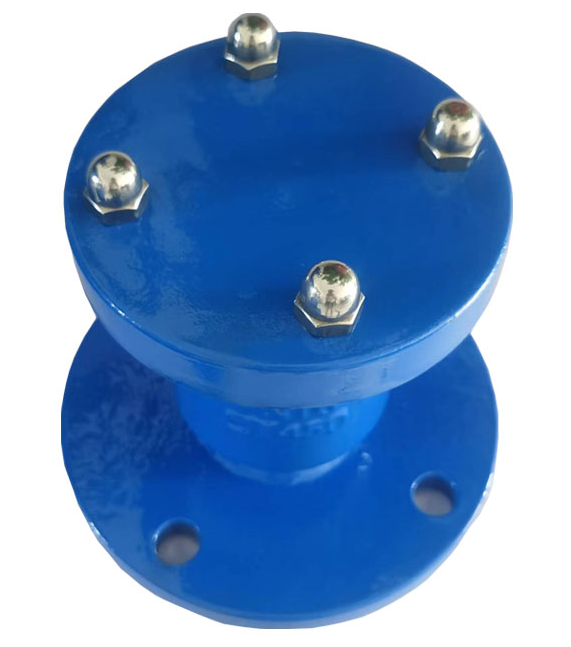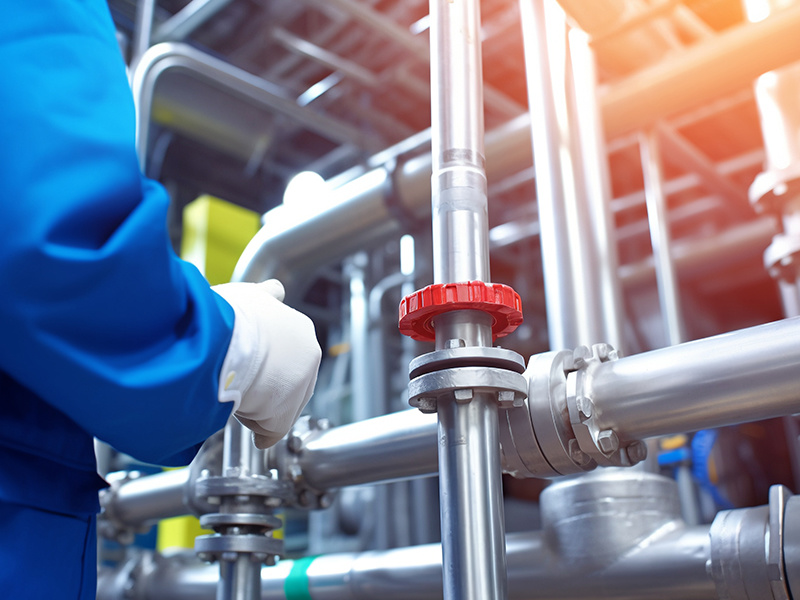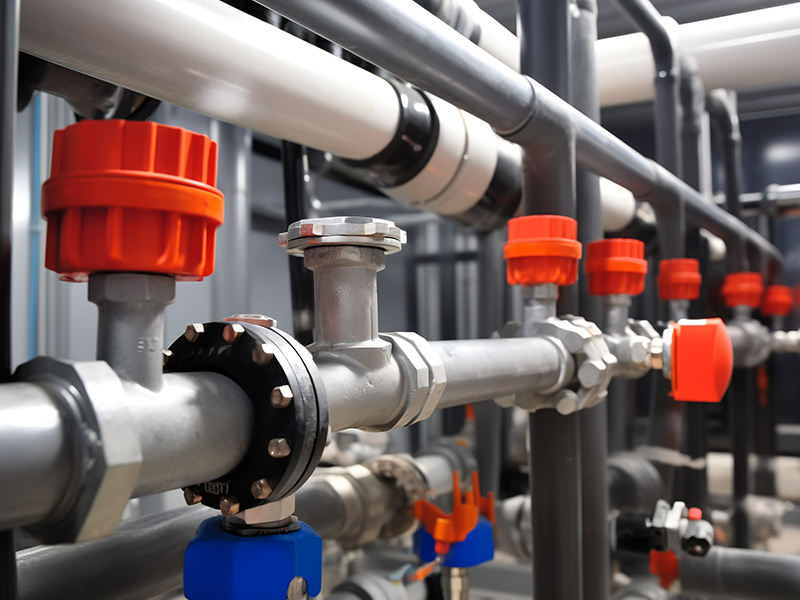How does a flange single port exhaust valve exhaust?
Release Time:
Aug 16,2025
The flange single port exhaust valve automatically controls the opening and closing of the exhaust hole through the lifting of the floating ball, which is an indispensable automatic device to ensure the efficient, safe, and stable operation of the fluid pipeline system. It must be installed vertically upwards at all possible gas accumulation points in the system and various local pipelines.

Its core working principle is based on the floating ball and lever (or floating bucket) mechanism:
1. Initial/exhaust state:
When the valve chamber is filled with air (or gas), the floating ball (or floating bucket) sinks due to its own gravity.
The sinking float drives the valve disc (usually a plug or disc) downwards through a lever mechanism.
The valve disc leaves the valve seat and opens the exhaust hole.
The gas accumulated in the valve chamber is quickly discharged into the atmosphere through the open exhaust hole under the system pressure (even a small positive pressure) or its own buoyancy. At this time, the valve is in the open exhaust state
2.Liquid entering/closing status:
As the gas is discharged, the liquid (water, oil, etc.) in the pipeline gradually flows into the valve chamber.
After the liquid comes into contact with the floating ball (or floating bucket), the floating ball begins to float upwards under the action of buoyancy.
The floating ball is driven upwards by a lever mechanism to move the valve disc.
The valve disc finally presses tightly against the valve seat, closing the exhaust hole.
At this point, the valve is in a closed and sealed state, preventing liquid leakage into the atmosphere.
3.Gas accumulation/circulation:
During the operation of the system, if gas accumulates again at the valve position due to reasons such as water pump start stop, temperature changes, or dissolved gas precipitation.
Gas accumulates at the top of the valve chamber, and the liquid level inside the chamber will decrease accordingly.
The decrease in liquid level causes the buoyancy of the floating ball (or floating bucket) to decrease, and it begins to sink under the action of gravity.
The sinking of the floating ball once again drives the valve disc to open the exhaust hole and release gas.
After the gas is discharged, the liquid fills the chamber again, the float rises, and the valve is closed.
This process automatically repeats itself, ensuring that the gas accumulated at that location in the system can be promptly and automatically expelled.





